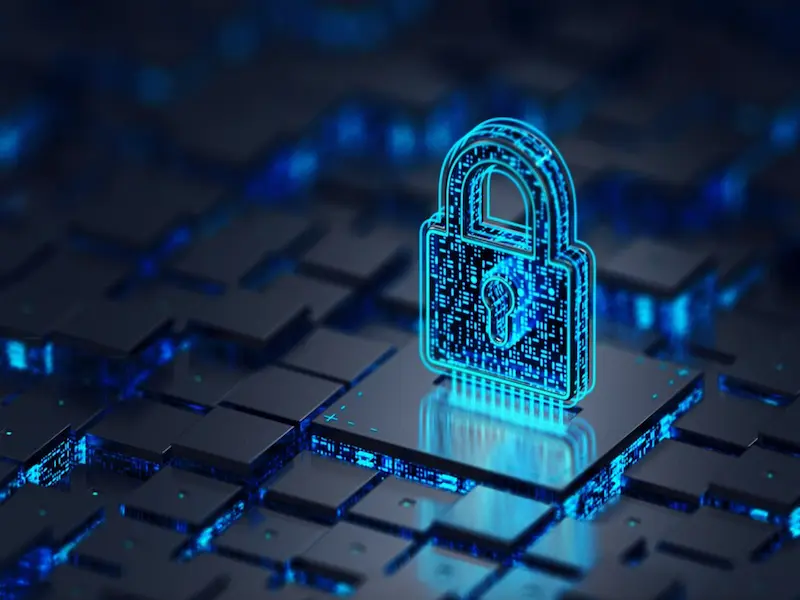- Encrypted email providers safeguard user data through end-to-end encryption, ensuring that only the sender and recipient can access the contents of their messages.Secure sockets layer is a protocol that establishes an encrypted link between a web server and a browser, ensuring secure data transmission and protecting sensitive information from eavesdropping.
- Encryption transforms readable data into an unreadable format, which can only be decoded by authorised parties, thus safeguarding the integrity and confidentiality of information during transfer.
- Both SSL and encryption are essential for maintaining user trust and security in online transactions, making them critical components for businesses and individuals alike.
In an era where cyber threats are commonplace, understanding the technologies that protect our online activities is more crucial than ever. SSL and encryption play vital roles in securing communications across the internet, from online shopping to email exchanges.
These technologies not only safeguard sensitive data but also ensure that users’ privacy is respected. This blog will explore the significance of SSL and encryption, how they work together, and why they are indispensable for maintaining a secure digital environment.
Definition of SSL
Websites with SSL certificates feature “HTTPS” in their URLs, indicating that they employ this security protocol. Encrypted email uses cryptographic techniques to convert plaintext messages into an unreadable format, known as ciphertext. Only authorised users with the correct decryption keys can revert the message back to its original form. This process ensures that even if a message is intercepted while in transit, it remains unintelligible to anyone without the proper decryption key.
There are two primary types of encryption used in email services: transport layer security and end-to-end encryption. While TLS secures the connection between the email server and the client, E2EE provides an additional layer of security by ensuring that only the communicating parties can read the messages, leaving service providers unable to access the content.
Also read: Understanding data encryption: Methods and real-world examples
Also read: 5 types of data that require encryption
The role of encryption
While SSL provides a secure channel for data transmission, encryption is the underlying technology that transforms readable information into a scrambled format. This process converts plaintext data into ciphertext, which is incomprehensible without the proper decryption key. Encryption serves multiple purposes: it secures data at rest (stored data), data in transit (data being sent over networks), and data in use (active data being processed).
There are several encryption algorithms available, including symmetric encryption (where the same key is used for both encryption and decryption) and asymmetric encryption (which uses a pair of keys—a public key for encryption and a private key for decryption). Both types play essential roles in ensuring data security, each with its unique applications and advantages.
Importance of SSL and encryption for online security
Protecting sensitive information: Whether you’re entering credit card details on an e-commerce site or sharing personal information via email, SSL and encryption help prevent unauthorised access to your data. This protection is vital for maintaining user trust, especially in online transactions.
Preventing data interception: Cybercriminals often exploit unsecured networks to intercept data during transmission. By using SSL and encryption, organisations can significantly reduce the risk of data breaches and maintain the integrity of their communications.
Compliance with regulations: Many industries are subject to regulations governing data protection, such as the General Data Protection Regulation and the Health Insurance Portability and Accountability Act. Implementing SSL and strong encryption practices can help businesses comply with these regulations and avoid costly penalties.
Building customer confidence: In today’s digital marketplace, customers are increasingly aware of cybersecurity issues. Displaying SSL certificates and employing encryption demonstrates a commitment to security, helping to build trust and encourage user engagement.

